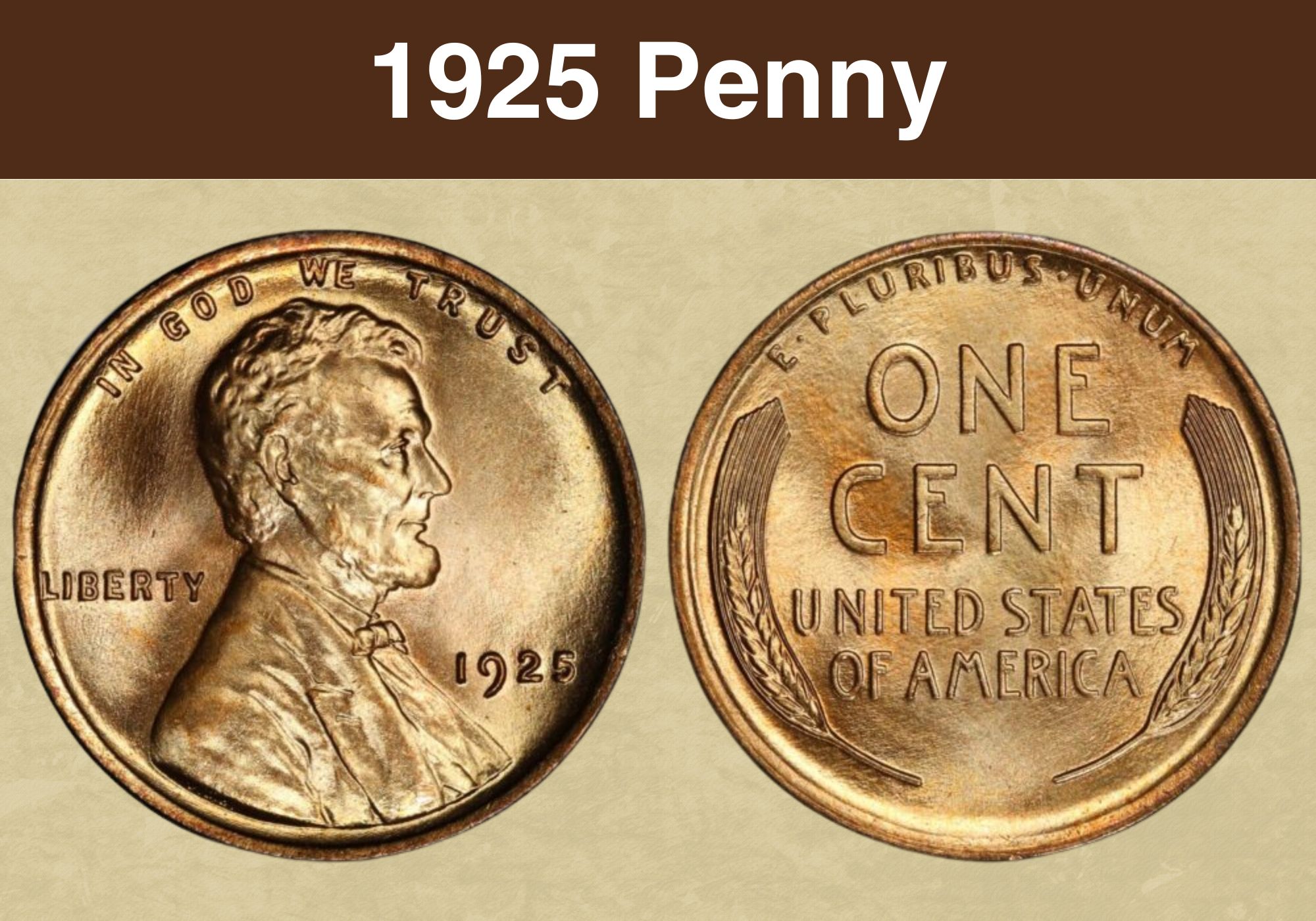
Coin Value Contents Table
Have you found a penny dating to 1925 in your pocket change? If so, you might be wondering whether a coin this old is valuable. And the good news is, you’ve come to the right place to find out!
We’re going to investigate the 1925 penny value and the factors that influence it. We’ll look at different mint marks and grades. And we’ll check out some of the interesting error coins that have come to light.
So if you’re ready to find out more, step this way!
1925 Penny Value Chart |
||||
| Mint mark | XF45 | MS60 | MS65 | MS66 |
| 1925 No Mint Mark Penny Value | Brown: $10 | Brown: $22
Red and brown: $25 Red: $26 |
Brown: $150
Red and brown: $160 Red: $250 |
Brown: $225
Red and brown: $300 Red: $475 |
| 1925 D Penny Value | Brown: $24 | Brown: $85
Red and brown: $100 Red: $125 |
Brown: $400
Red and brown: $925 Red: $4,000 |
Brown: $2,650
Red and brown: $3,000 Red: $93,000 |
| 1925 S Penny Value | Brown: $25 | Brown: $135
Red and brown: $150 Red: $300 |
Brown $1,050
Red and brown: $3,200 Red: $50,000 |
Brown: $3,850 |
History of the 1925 Penny
The 1925 penny is one of a series that made US numismatic history. It’s known as the Lincoln penny, and it was the coin that depicted a real person on one side.
The first Lincoln pennies were struck in 1909. The occasion was the centenary of the birth of the former president, Abraham Lincoln.
Until then, Lady Liberty had usually featured on the obverse (or “heads” side) of coins. The idea of honoring a real person in this way had previously been considered too close to monarchy.
But as the centenary approached, the public mood shifted. There was ever more support for a Lincoln coin. And President Roosevelt was a strong supporter of the idea.
It was probably Roosevelt who suggested the coin designer – a Lithuanian artist named Victor David Brenner. Roosevelt himself had sat for Brenner for a portrait to appear on a medal.
By the time Brenner was crafting his portrait, of course, Lincoln was long since dead. It’s believed that he took his likeness from a photograph of the President taken at the studio of the celebrated photographer, Matthew Brady.
The earliest Lincoln pennies are sometimes referred to as “Wheat pennies” or “Wheaties” after the design on the reverse. That shows two ears of durum wheat, and it’s what you’ll see on the back of your 1925 penny.
Fifty years on, the reverse design was changed to an image of the Lincoln Memorial in Washington DC. Then the bicentenary of Lincoln’s birth was marked with another change. Four different reverse designs were commissioned for the occasion, each showing a different stage in Lincoln’s life.
And today’s Lincoln pennies show what is known as the “Union shield” on their reverse.
But throughout all these changes, the portrait of Lincoln has remained unchanged. That makes it the longest-running design in the history of US coins.
The composition of the Lincoln penny has also changed over time. The first cents, including the 1925 penny, were made of bronze – 95 per cent copper and 5 per cent zinc and tin.
But in 1943, the requirement for copper and tin for use in wartime munitions meant that those metals could not be spared. For that year only, the penny was made of steel instead.
Over the years, the price of copper rose, and production of the bronze penny became ever more expensive. So in 1982, the composition of the penny changed again, to zinc with a copper cladding. The change kept the familiar color of the coin but made it much cheaper to produce.
If you compare your 1925 penny to a modern cent, you’ll find it’s significantly heavier. And it will also make a different sound if you drop it on a wooden surface. The earlier penny will ping, while the modern one has a plasticky sound.
Also read: 12 Most Valuable Lincoln Penny Worth Money
Features of the 1925 Penny
The Obverse of the 1925 Penny
While there are a number of differences between a 1925 penny and its modern equivalent, one thing is the same: the obverse design.
That shows the portrait of Abraham Lincoln that has been gracing the penny for over a century. It depicts Lincoln’s head and shoulders in profile, with the former president facing to the right as the coin is viewed.
The artist, Victor David Brenner, said he had depicted the president as he might have looked if reading to a child. That gave credence to the theory that he based the image on a photograph taken at Matthew Brady’s studio, showing Lincoln with his young son.
Look closely, and you’ll see Brenner’s initials along the bottom of the portrait. On the earliest 1909 pennies they appeared instead on the reverse. They were considered too prominent there, however, and were removed later that year. They were reinstated on the obverse in 1918.
The familiar phrase “IN GOD WE TRUST” appears above the image of Lincoln. To its left is the word “LIBERTY”, while the date is to the right.
Pennies struck in Denver or San Francisco have mint marks, while those from Philadelphia do not. If you have a Denver coin, there’ll be a small “D” beneath the date. A San Francisco penny will have a small “S” in the same spot.
The Reverse of the 1925 Penny
The reverse of the 1925 penny was also created by Victor David Brenner – but it wasn’t the first design he presented to the Treasury. That had been an image of a tree branch, but it was considered too similar to French coins of the era.
Brenner came up with the two stylized ears of durum wheat as an alternative. They form a frame around the edges of the coin, with the denomination in large lettering in the center. Below it, in smaller font, is the country name.
At the top, arching parallel to the upper coin edge, is the Latin phrase “E PLURIBUS UNUM”. That means “From the many, one”, and refers to the creation of the USA as a union of states.
Other Features of the 1925 Penny
The high copper content of the 1925 penny means that the color of individual coins can vary significantly. Those with limited handling or exposure to the air will have more of the rich red shade of new copper. Those that have been regularly used will be brown.
These colors can be very important when it comes to the value of a coin. Independent coin grading agencies like the PCGS and NGC will color grade bronze and copper coins. They will be categorized as red, red and brown, or brown.
To count as red, a coin must be that color over a minimum of 95 per cent of its total surface area. A brown coin will be brown over at least the same area. And anything else is considered red and brown.
You can find out more about how to grade Lincoln pennies in this YouTube video from Len Here.
Also read: 13 Most Valuable Wheat Penny Worth Money
1925 Penny Grading
| # | Grade |
|---|---|
| 1 | Basal State-1 |
| 2 | Fair |
| 3 | Very Fair |
| 4, 5, 6 | Good |
| 7, 8, 10 | Very Good |
| 12, 15 | Fine |
| 20, 30 | Very Fine |
| 40 | Extremely Fine |
| 50 | About Uncirculated |
| 60 | Mint State |
| 65 | Mint State |
| 70 | Mint State |
Please check our grading guides to know your coin scale, It’s the necessary step to know the exact value of your coin.
Check out now: How to Grade Lincoln Wheat Penny?
1925 Penny Value Guides
1925 No Mint Mark Penny Value
Modern mintages of Lincoln pennies number in the billions. But in 1925, the Philadelphia Mint struck a relatively modest 140 million coins.
Today, the PCGS estimates that around 14 million of those survive. So finding a no mint mark penny from this year isn’t particularly difficult. The vast majority, however, are brown coins in circulated condition.
A coin of that kind will have only a modest value. But if your coin hasn’t been circulated – that is, it’s in what collectors call “mint state” – it will be worth more.
Red and brown coins will usually be worth more than brown ones at the same grade. And red coins are the most desirable of all.
Coin condition is graded on a scale from 1 to 70, with 1 being the poorest and 70 perfect. Coins in uncirculated condition are graded 60 and above. And anything graded 65 or higher is considered a “gem”.
A brown 1925 no mint mark penny graded XF45 (the letters stand for “extremely fine”) is valued by the PCGS at $10. An example of the same color graded MS60 (“mint state”) is worth more than twice that, at $22. And a gem quality MS65 brown penny is worth around $150.
Red and brown examples start at $25 at MS60. At MS65, the list value is actually slightly lower than the brown equivalent, at $140. But go up a point, and a red and brown coin is worth around $300, compared to $225 for the brown version.
If you’re looking for a red penny, prices start at around $26 for an example graded MS60. That rises to $260 at MS65, $475 at MS66, and $1,400 at MS67.
The cream of the crop is a single red penny graded MS68. And the PCGS values that coin at a staggering $65,000.
1925 D Penny Value
The mintage of the 1925 Denver penny was much lower than that of its Philadelphia equivalent, at 22,580,000 coins. Again, the majority of those coins are brown circulated examples. Only around 1,750 red coins are believed to survive. And the number of red gems is believed to be only 160.
All this is reflected in values. While a brown XF45 1925 D penny could be yours for around $24, you’ll need to pay around $85 for a coin of the same color at MS60. The finest brown examples to have been certified to date are graded MS66 and valued by the PCGS at $2,650 apiece.
For a red and brown 1925 D penny, values start at $100 at MS60 and rise to $925 at MS65. The highest grade certified for this color is MS66+. There’s only one coin at that level, and that’s valued at $6,500.
As ever, the red color adds a premium to price. An MS60 red penny is worth around $125, while a gem MS65 is worth $4,000.
The finest known examples are graded MS66. To date, three red pennies have been awarded that grading, and they’re each valued at an astonishing $93,000.
1925 S Penny Value
In some years, the San Francisco Mint struck proof pennies for collectors. But in 1925, the coin presses there were put to work on business strike coins – those intended for everyday use. Some 26.3 million coins were struck there that year, identifiable by an “S” below the date.
Around one in ten of those are believed to survive today at all grades. For mint state coins, survivors are thought to number around 1,200. And gems are very rare, with only 45 thought to remain.
A brown 1925 S penny in the poorest condition is worth around a dollar. At XF45, you’ll need to spend around $25. And in mint state, values start at $135.
Red and brown examples range from $150 at MS60 to $10,000 at MS65+, the highest grade certified for a coin of this color.
And for red pennies, values start at $300 at MS60 with quality peaking at MS65. 14 coins have been certified at that level to date, and the PCGS values those at a hefty $50,000 apiece.
Also read: 17 Most Valuable Indian Head Penny Worth Money
Rare 1925 Penny Errors List
1925 S Penny, Double Die Obverse
Some Mint errors result from problems during the manufacture of the die used to strike designs onto the planchets. The die itself has to be struck more than once to capture every detail of the design. And any movement during that process will result in double lines on part of the design.
If this doubling occurs on the die used for the obverse design, the error is known as a double die obverse, or DDO. And all the coins struck by that die will exhibit the same error.
Some of the pennies struck in 1925 in San Francisco have a double die obverse. It isn’t easy to spot – you’ll need a microscope or loupe. Look for extra thickness in the tail of the “9” in the date, and a double line at the top of the “5”.
The value of one of these error coins depends on their condition. A brown 1925 S double die obverse in the poorest condition is worth around $20. That rises to $110 at XF45 and $250 at MS60. The highest graded example is certified MS65 brown, and that’s valued at $1,450.
1925 S Penny, Re-punched Mint Marks
Another error that can be found on some of the 1925 S pennies is a re-punched mint mark. If you look closely, it’s just possible to make out the lower curve of the first “S” below the second.
Again, values vary according to condition. A brown example in the poorest condition is worth around $27, rising to $120 at XF45, and $260 at MS60.
The finest re-punched mint mark 1925 S penny to have been certified to date is a red coin graded MS65. The PCGS values that at a cool $43,000.
This YouTube video from Treasure Town provides more detail on these and other errors among 1925 pennies.
Also read: 11 Most Valuable Wheat Penny Errors
Where to Sell Your 1925 penny ?
Now that you know the value of your coins, do you know where to sell those coins online easily? Don’t worry, I’ve compiled a list of these sites, including their introduction, pros, and cons.
Check out now: Best Places To Sell Coins Online (Pros & Cons)
FAQs
How many 1925 pennies were made?
The Philadelphia Mint facility struck over 140 million pennies in 1925, while the Denver facility struck over 22 million and San Francisco over 26 million.
That might sound like a lot – but it’s low compared to modern mintages. In 2015, for example, 4.7 billion pennies were struck at the Philadelphia Mint facility alone.
What year is the most valuable penny?
The very finest examples of pennies from any mintage can be worth a lot of money. But the steel wartime cents produced for a single year in 1943 are particularly highly sought after by collectors.
And the auction record was for a 1943 penny struck in error on a bronze planchet. That sold in January 2021 for an astonishing $840,000.

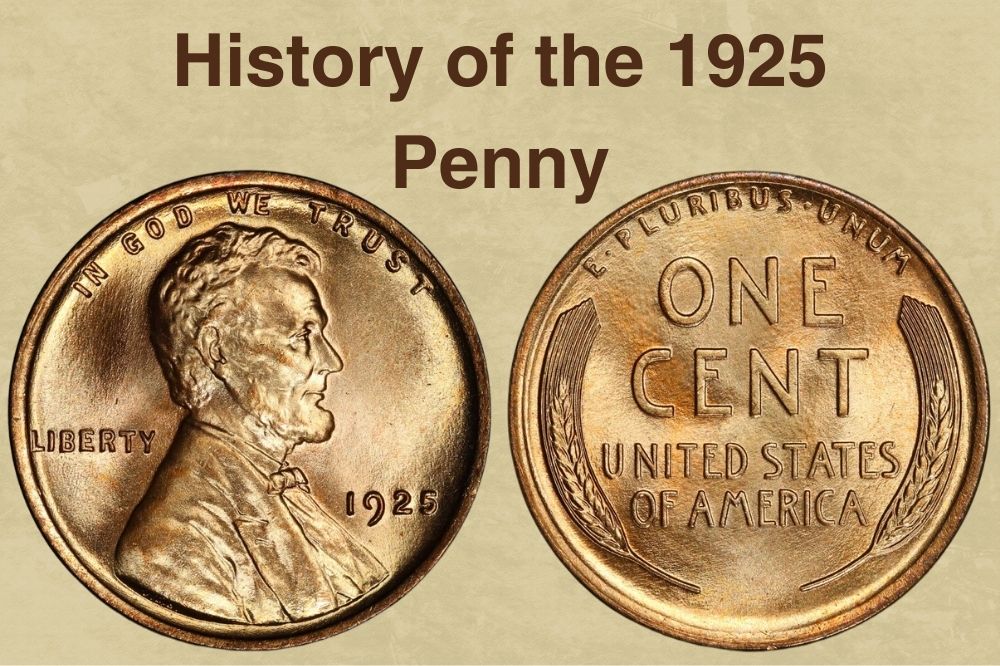
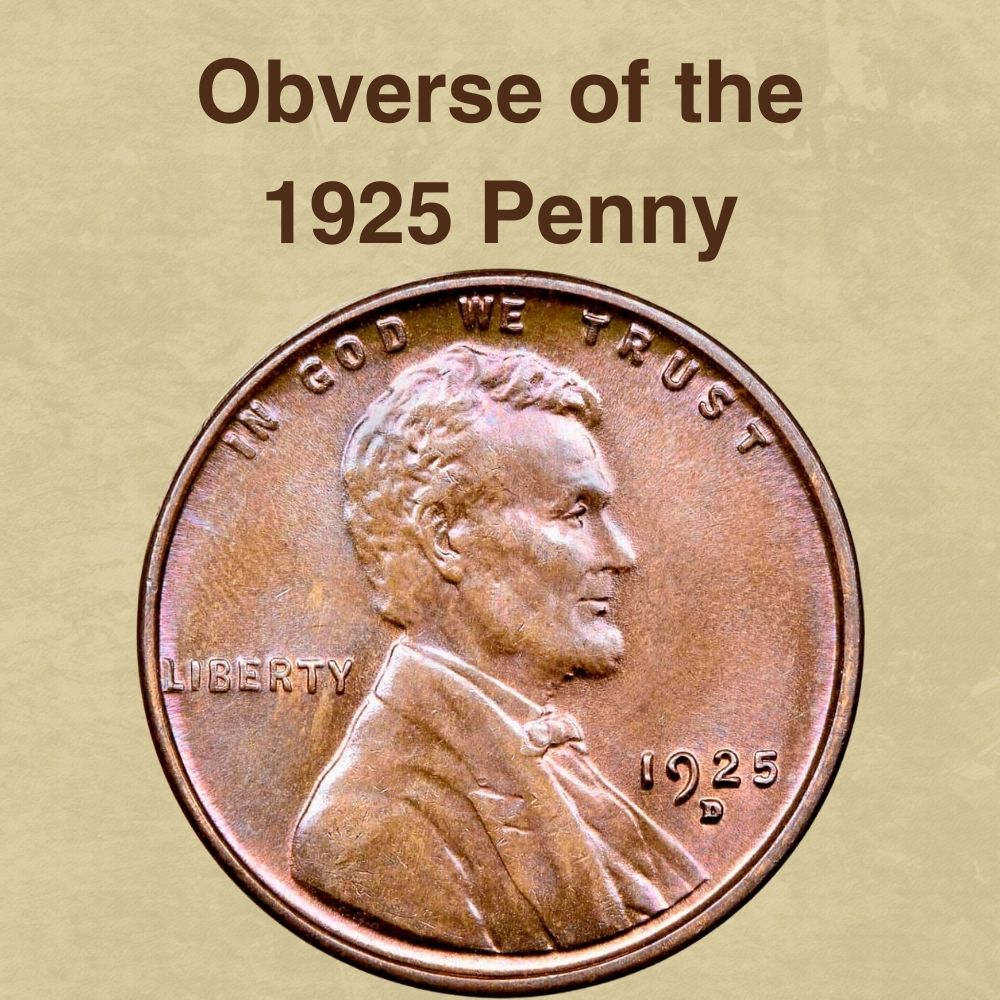
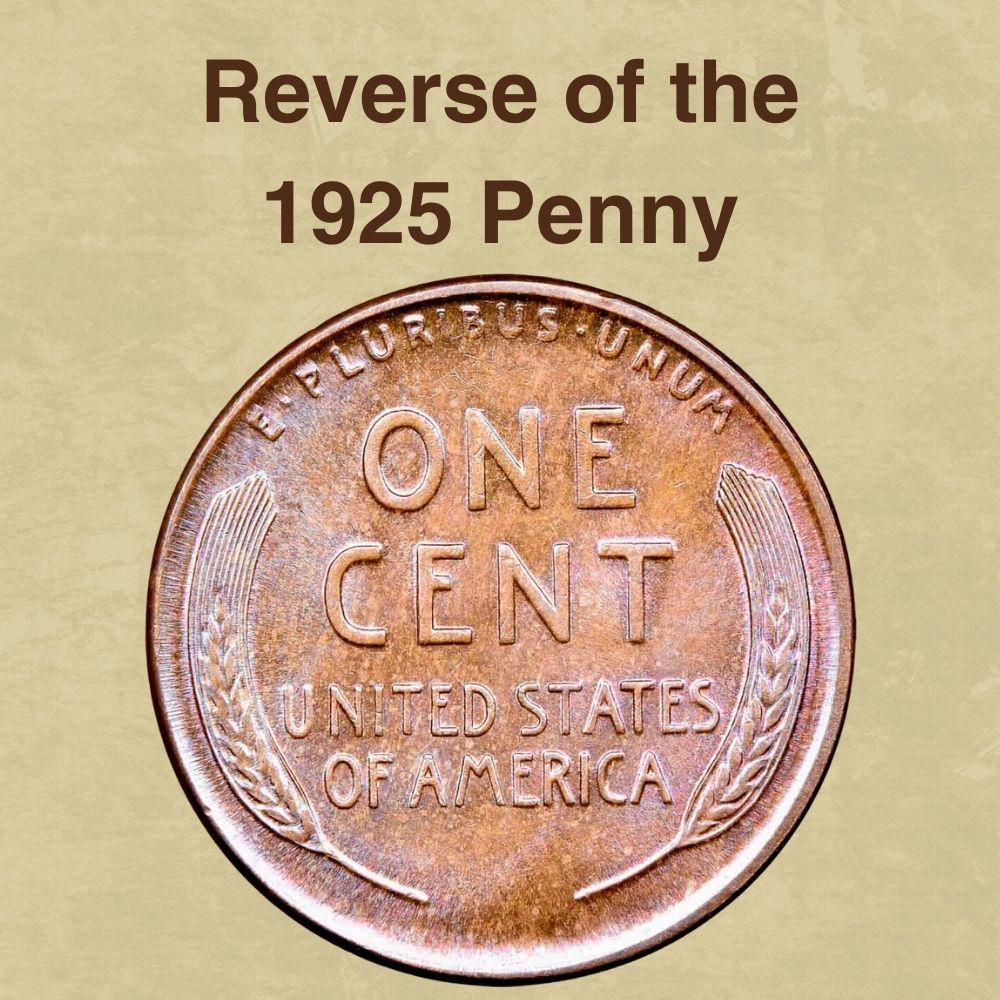
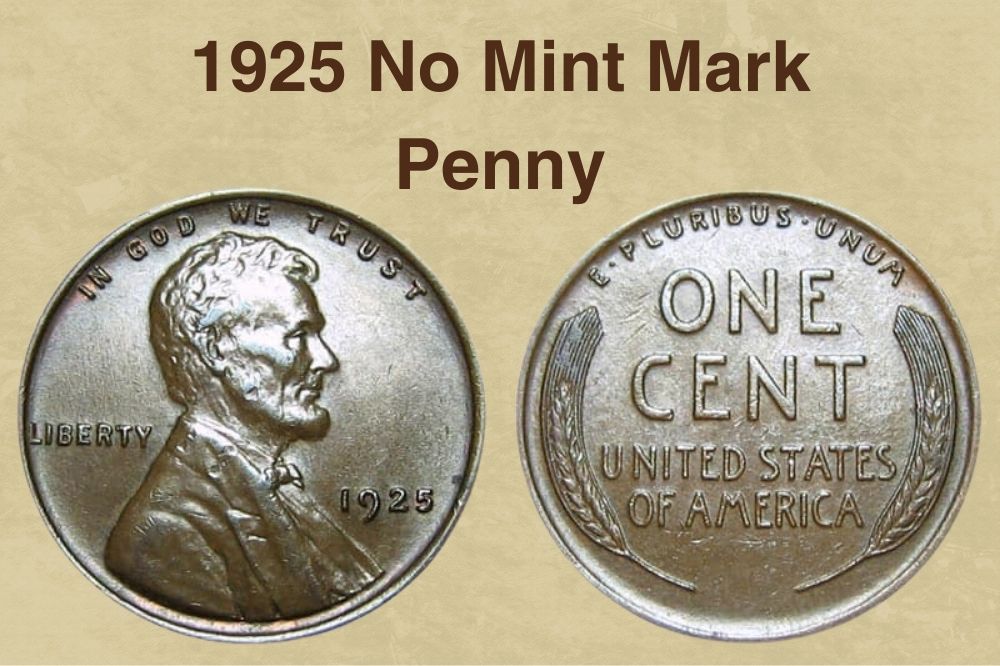
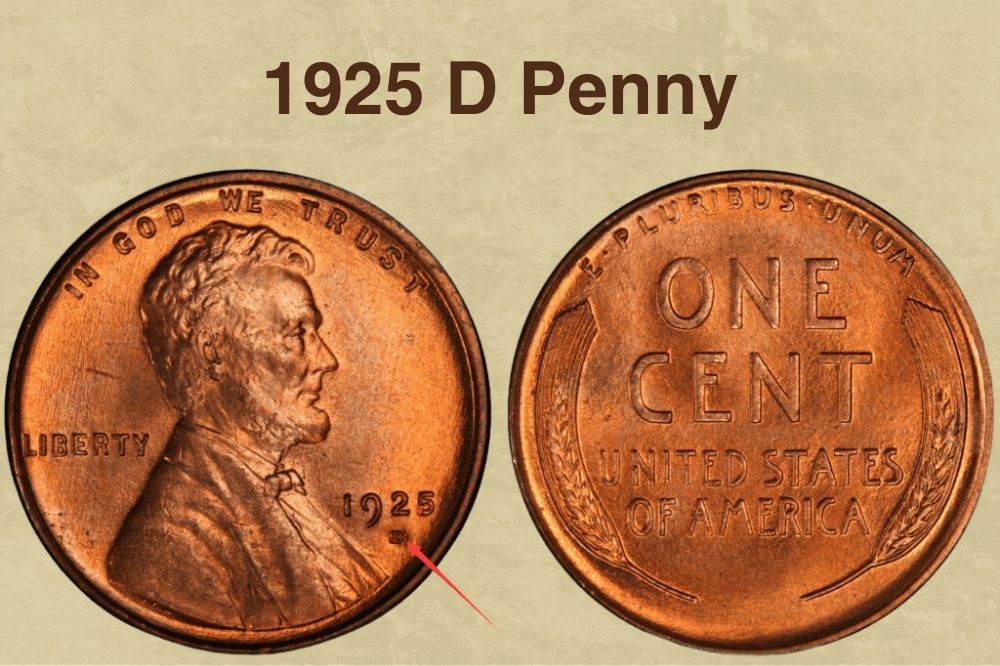
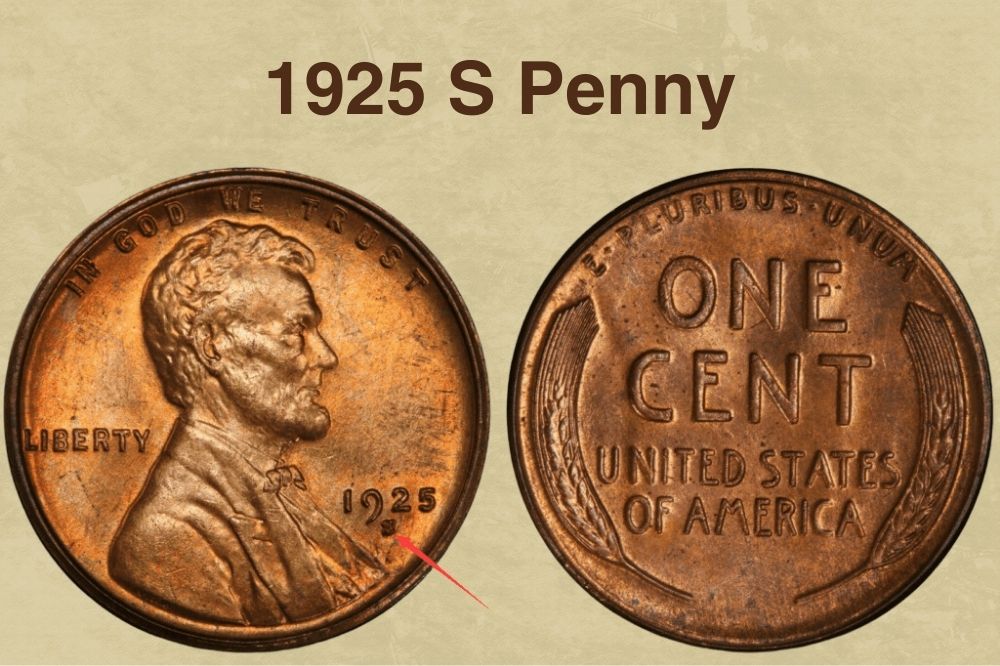
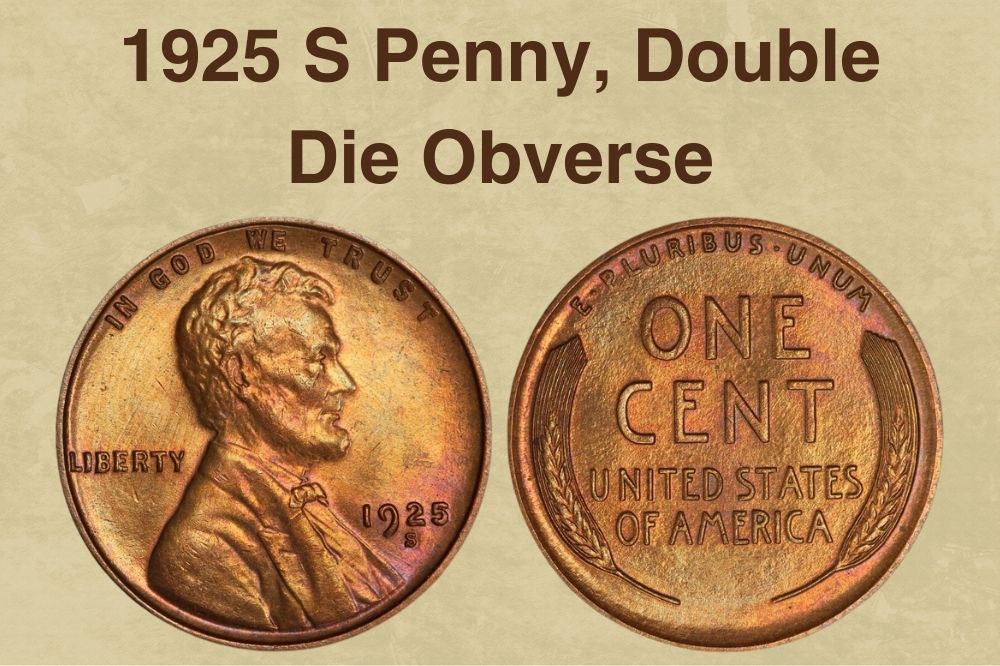
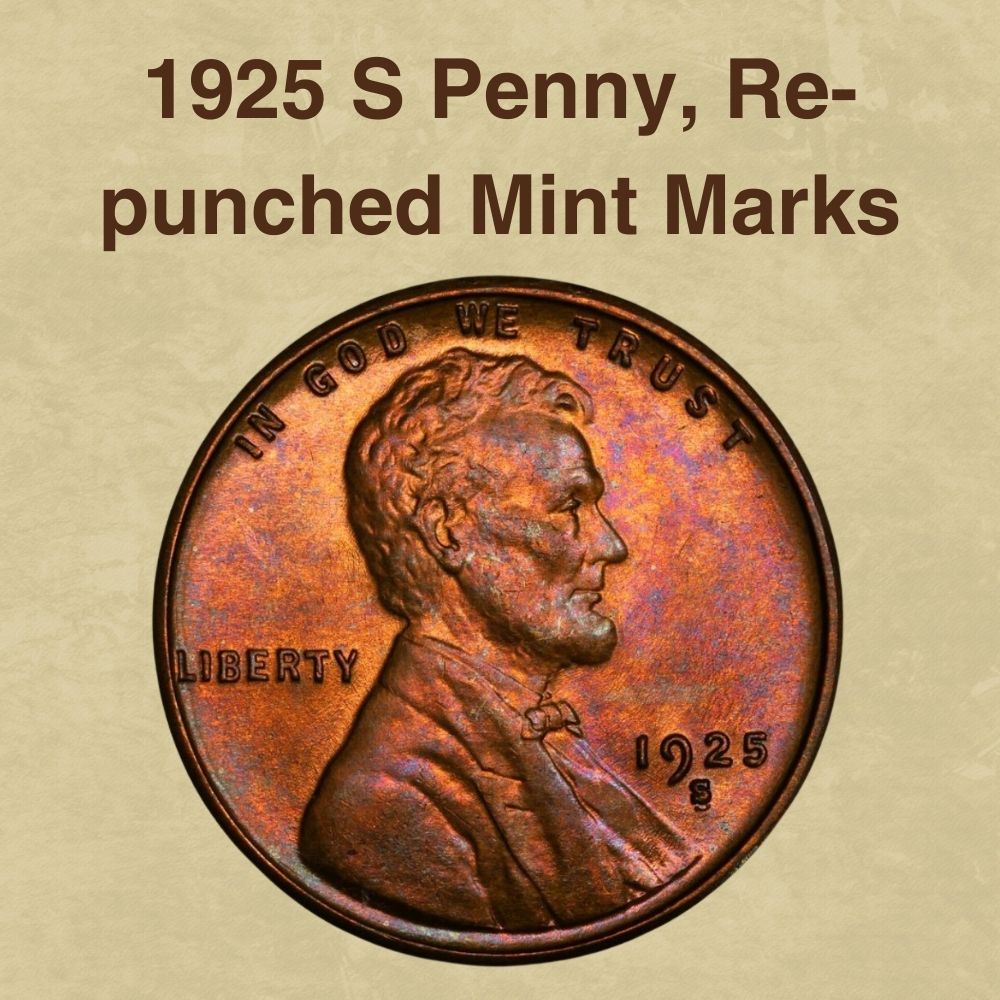
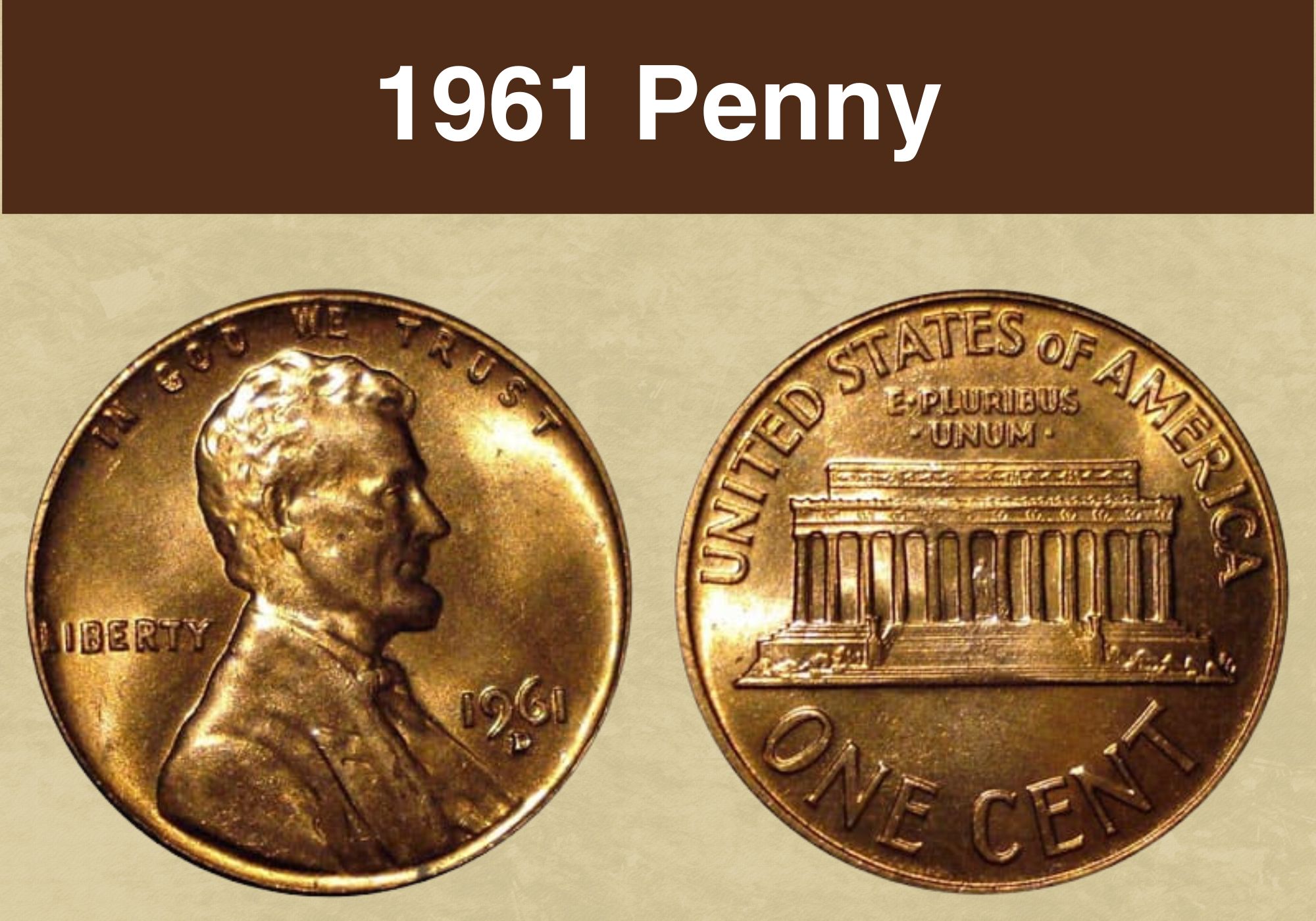
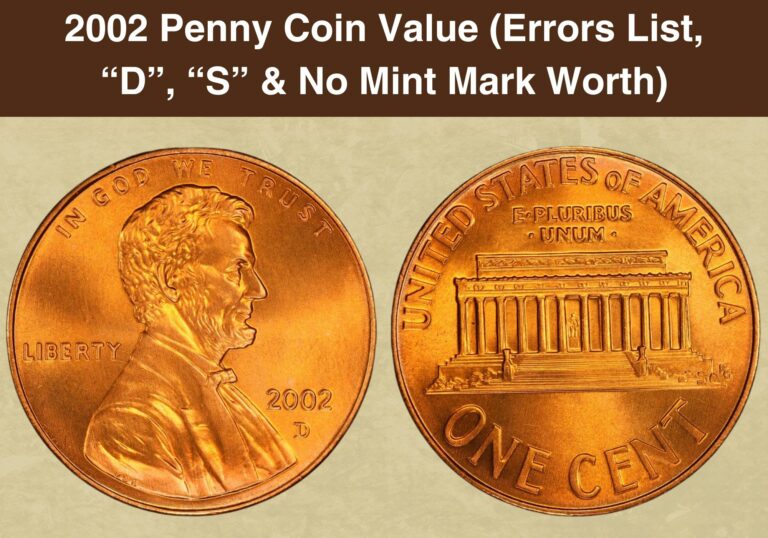
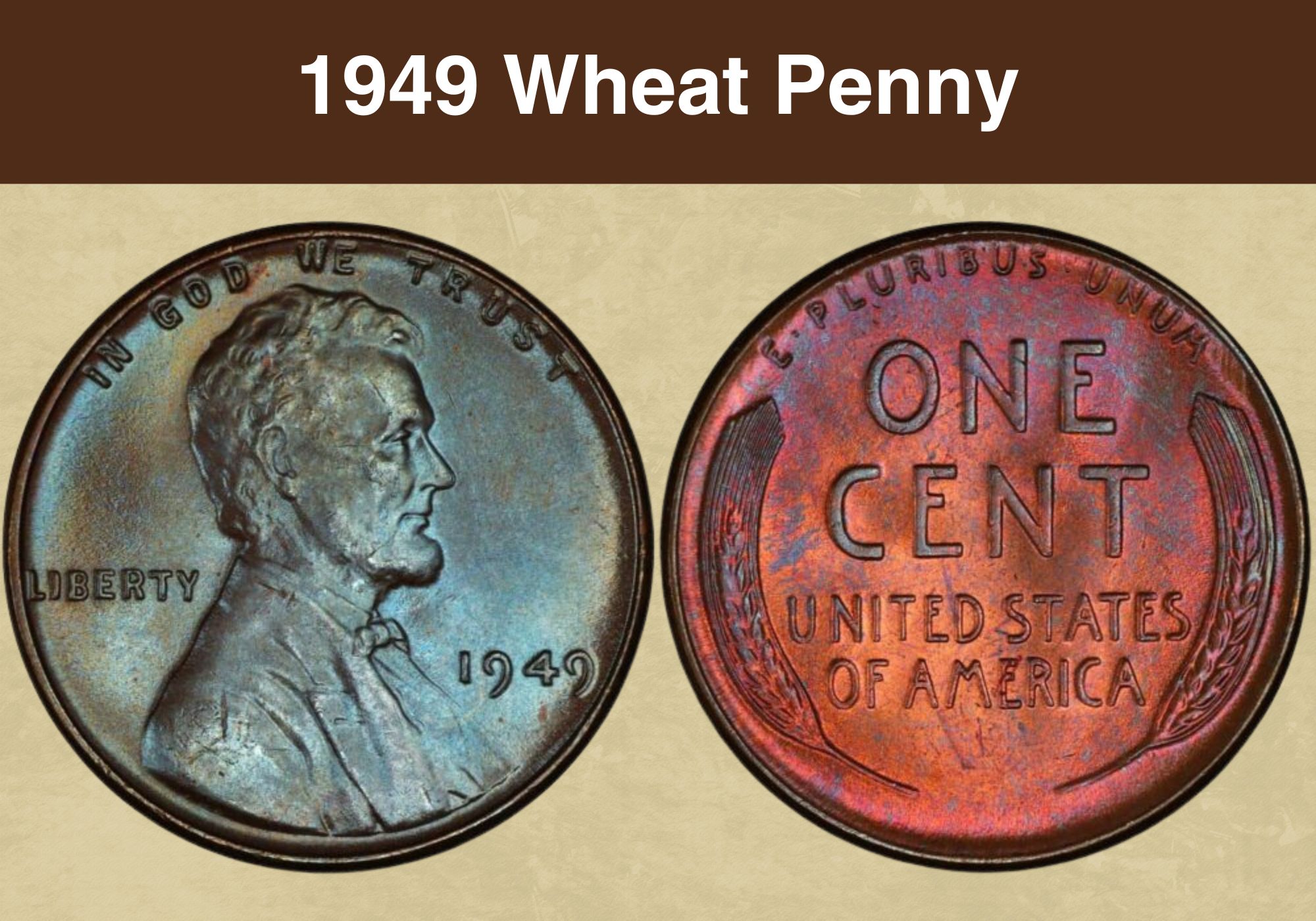
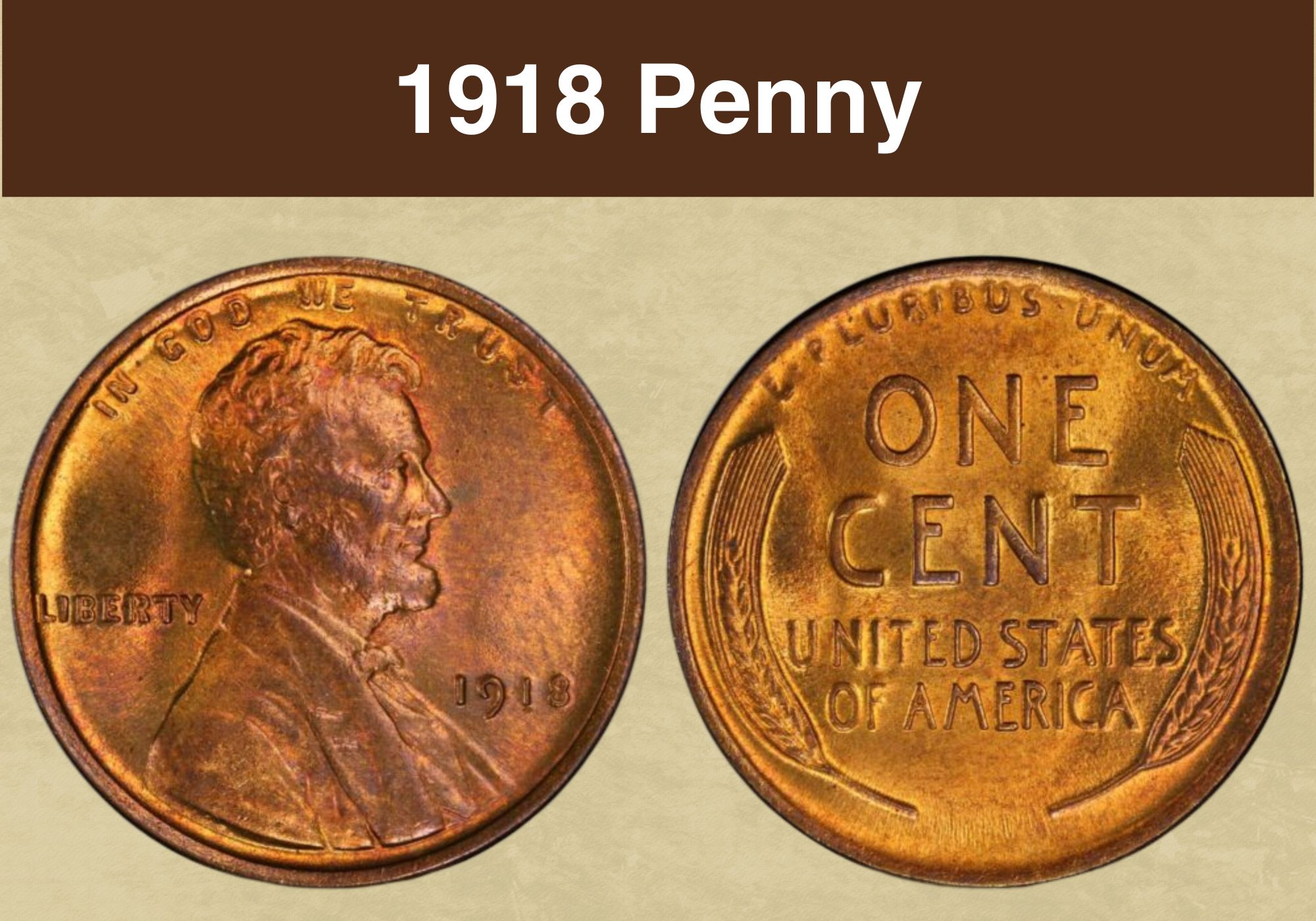
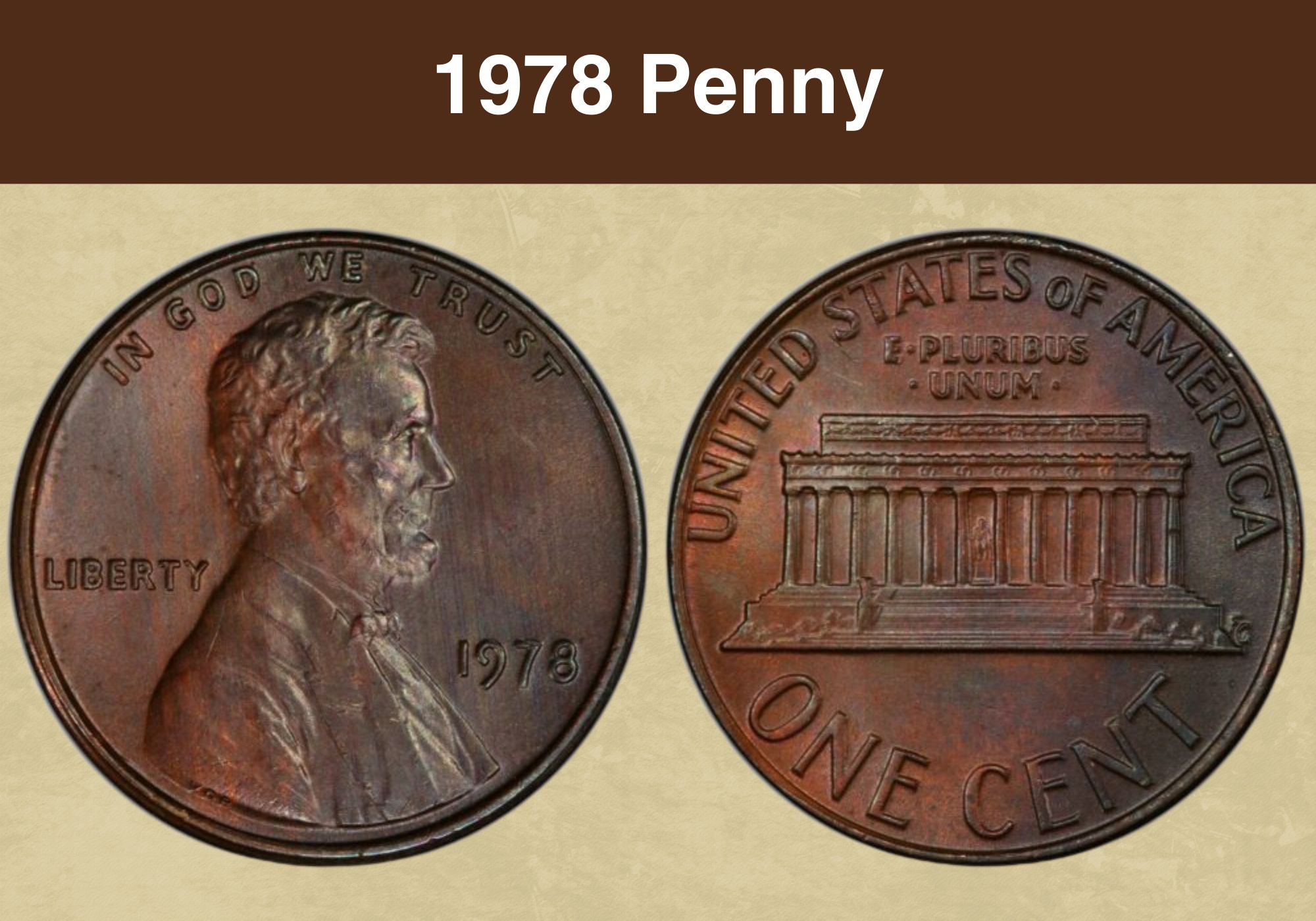
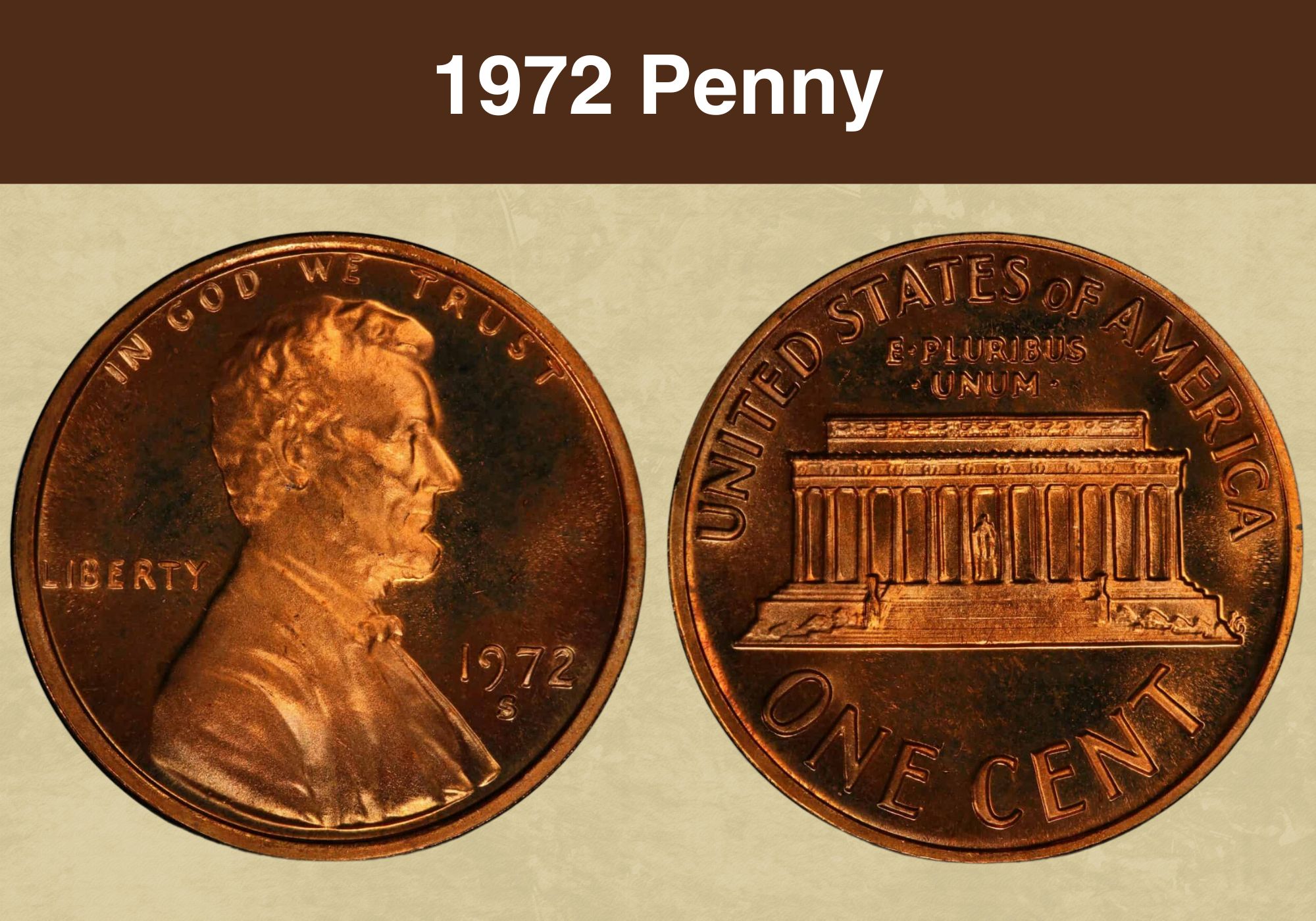
Thanks for all the history about the 1925 wheat pennies but I have a problem with one of my 1925 it is not perfect buy no means and it has been used for I found it roll hunting like I have a bunch like that but first of all it has a total different color I have brown ones Red brown and red this color is a very dark unique color that I have never seen on a coin and I been doing this for a long time and one more thing like I said it is used but I have seen lot worse circulation coins and they still hold their wait but this coin wait is 2
80 that is what post to do be 2.80 now that is a big difference than 3.11 I had researched this coin and I can’t come up with anything but just one thing and that it was hit on a wrong planchette and I don’t know what was being made at the time the 1925 Penny was but it has to be on the wrong piece of metal like I said if you just look at it you done know something is all wrong with it and when I put it on my wait that told me the hole story they don’t talk about wrong planchette that much on these coins so there’s a very little research on these types of errors I need some body I can talk to about this coin can you send me to the right people if I thought for a minute I didn’t have anything I would not be bothered to you but they are something wrong with this 1925 p wheat Penny i would love to learn more about this coin like I said I found it roll hunting and I have seen a lot more ware on old coins than this so I done know it is not that and the color is all most black but you can see everything on the coin you may have to youse a scope but you can make everthing out ftont and I love the coin myself it is a pretty cool coin but thank you for your time this might not mean nothing to you but it means a lot to me I have had this coin put up for over 3 years i just found it put up with a bunch of error coins so i thoutht it would at least try to find out something about so thanks again for your time just send me to the right people at least get some pictures send off .